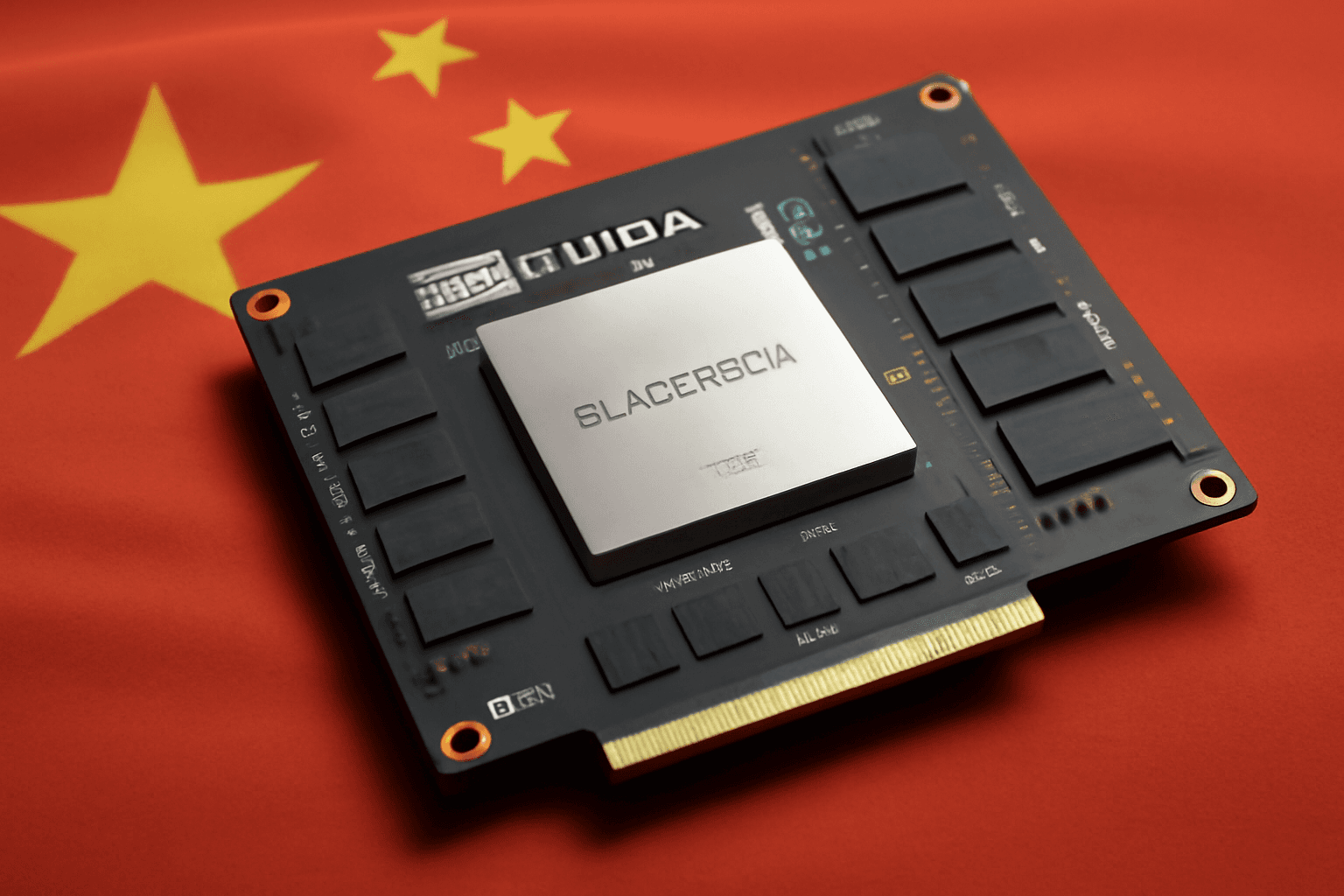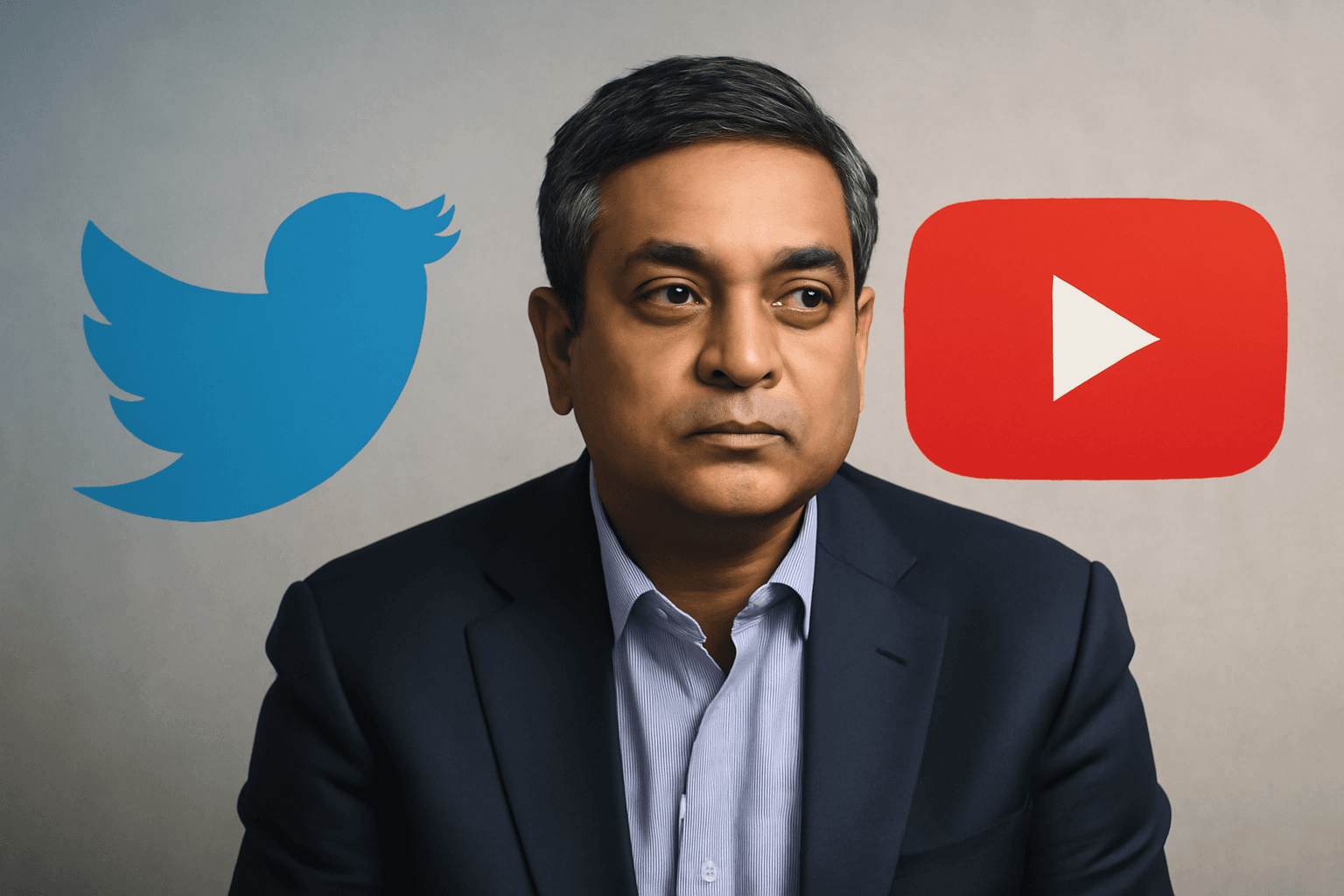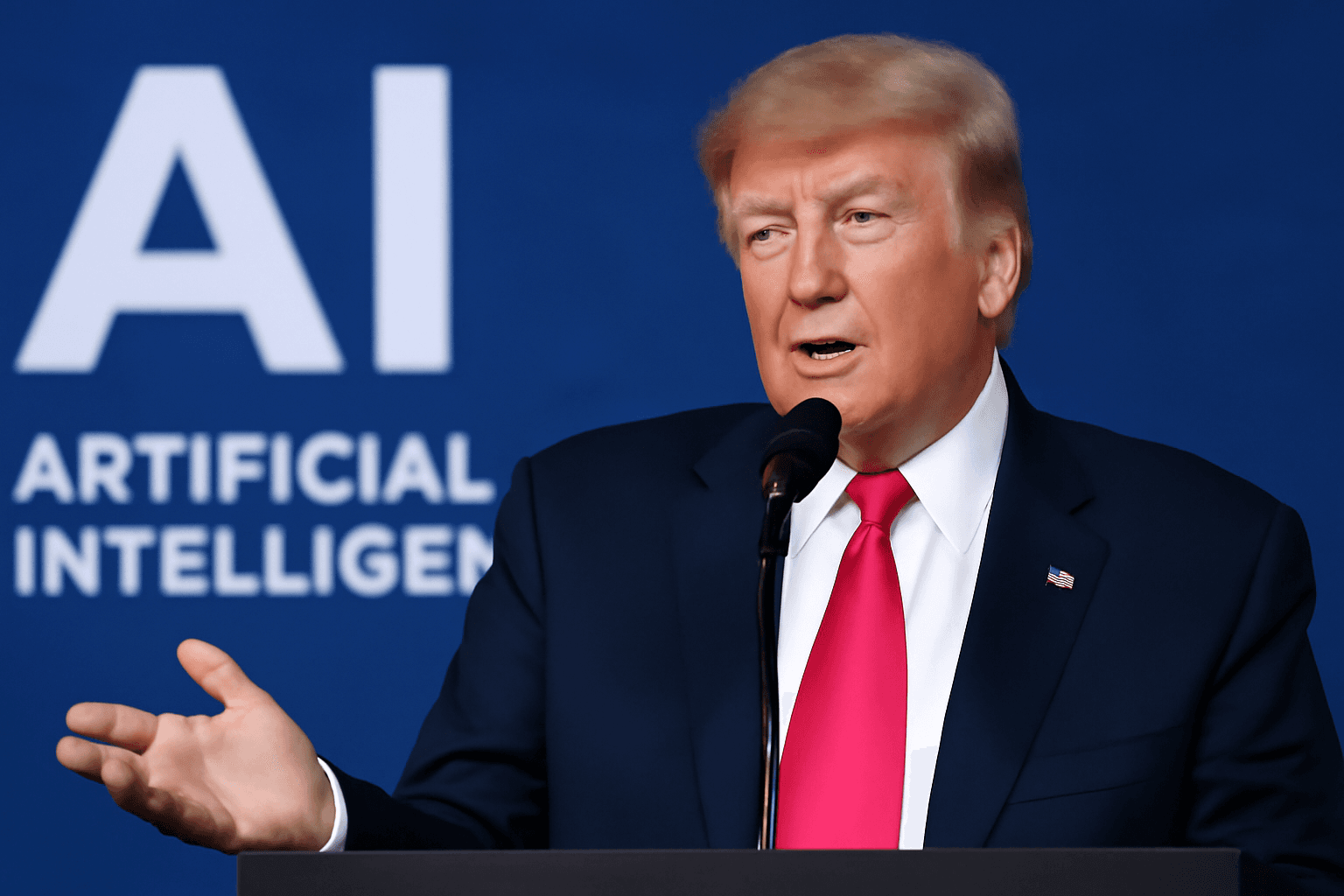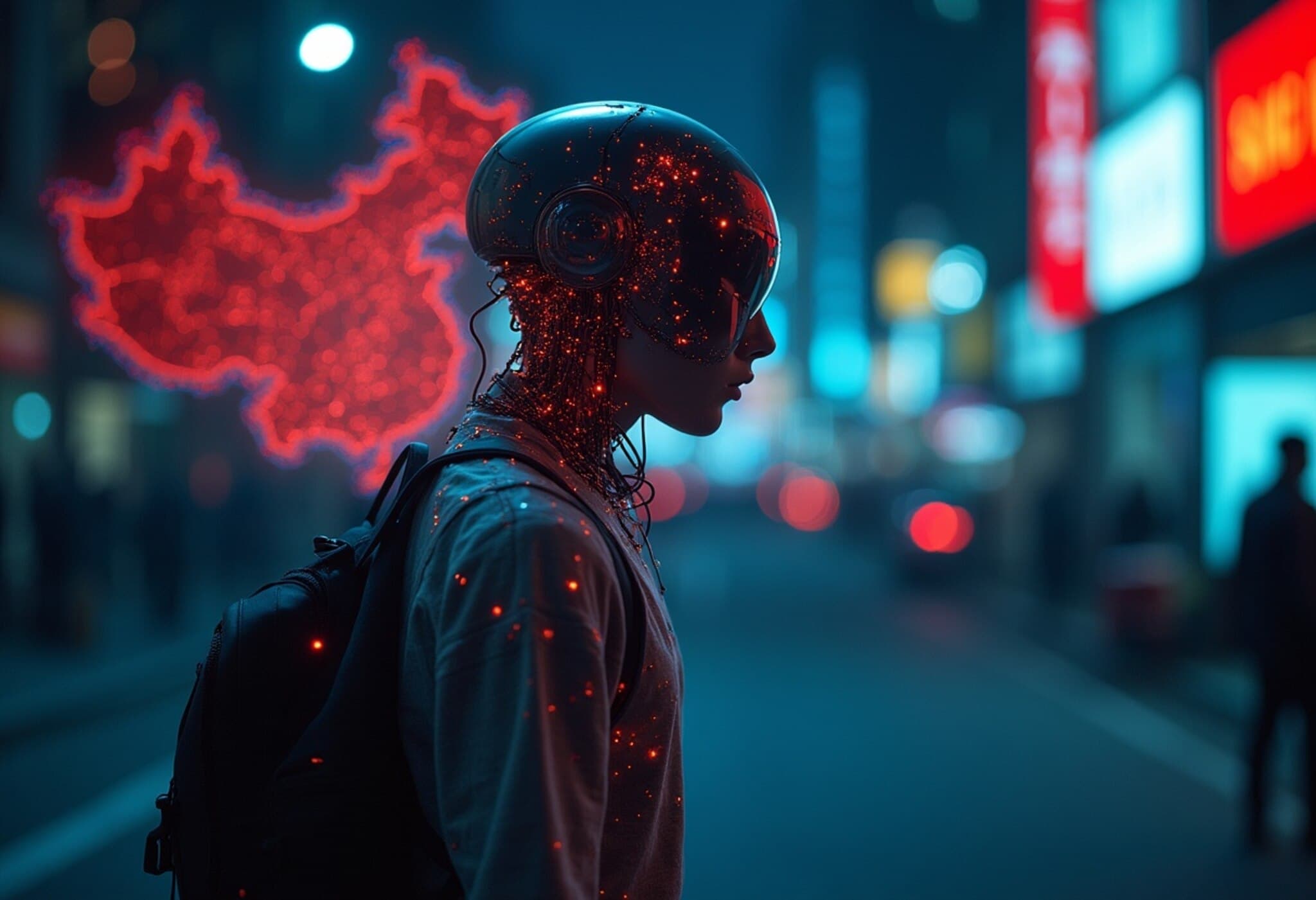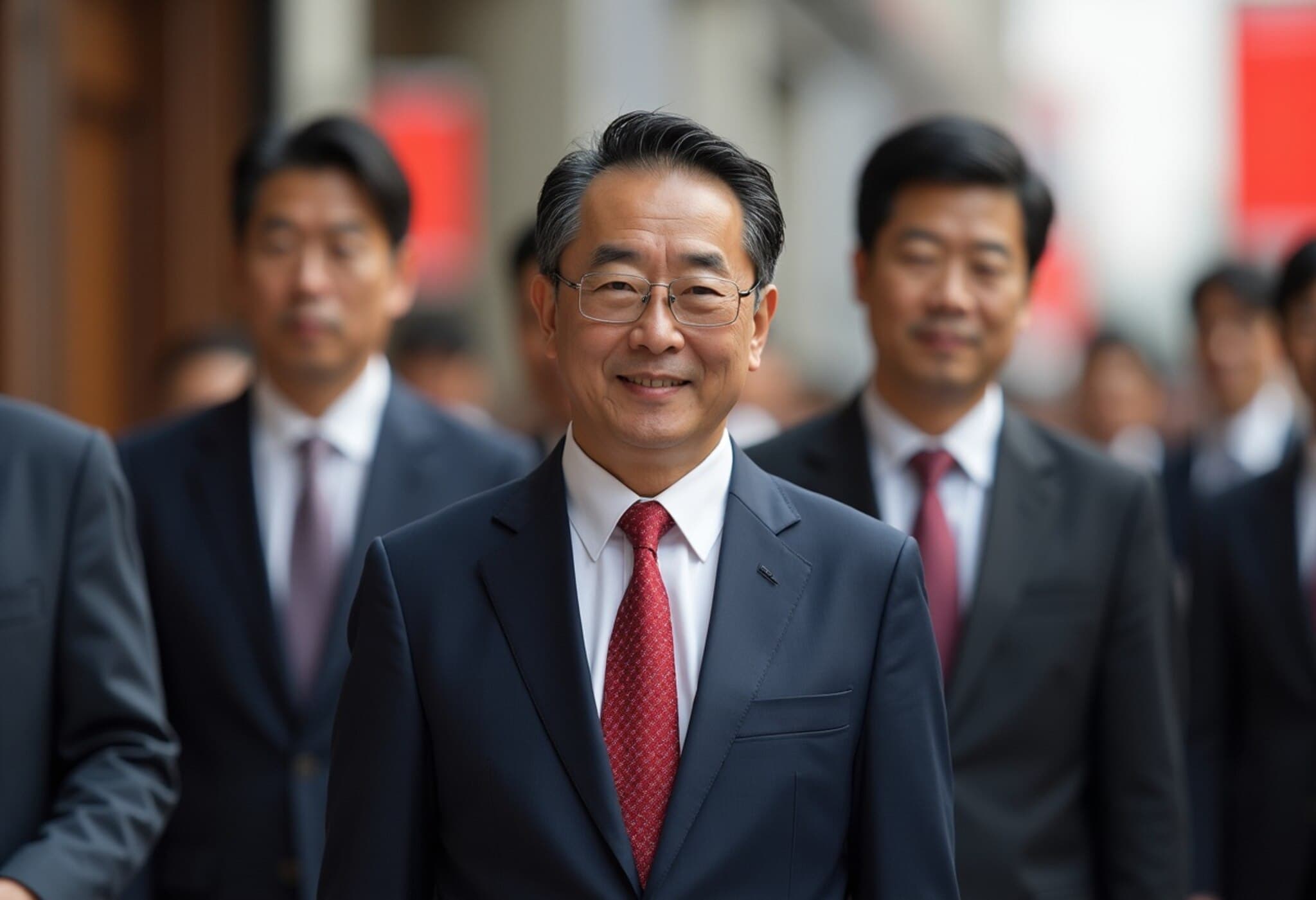AI's Silent Role in Recent Layoffs: What Companies Aren’t Saying
In a year marked by a historically resilient stock market and a robust economy, the narrative surrounding corporate layoffs is subtly shifting. While many firms report job cuts under the familiar banners of restructuring or optimization, a growing undercurrent suggests artificial intelligence (AI) may be quietly driving workforce reductions behind the scenes.
When AI Becomes the Unspoken Reason for Job Cuts
Instances like IBM’s May announcement, where approximately 200 human resources employees were replaced by AI chatbots—even as the company’s overall staff increased elsewhere—reveal a new era of workforce transformation. Similarly, fintech giant Klarna shrank its employee count dramatically from around 5,000 to just under 3,000, directly attributing part of this shift to AI integration. Klarna’s CEO Sebastian Siemiatkowski publicly acknowledged these changes, a rare example in today’s corporate communication landscape.
Yet such transparency remains the exception rather than the rule. Most companies opt for vague phrasing like “organizational restructuring” or “business optimization” in their layoff announcements. Experts argue these euphemisms mask a growing AI-driven displacement trend.
Expert Insights: Reading Between the Lines
- Christine Inge, Harvard University executive development instructor, explains, "Few organizations openly admit to replacing staff with AI, preferring ambiguous language to navigate public relations challenges."
- Jason Leverant, COO of AtWork Group, highlights how companies use terms like 'restructuring' as protective veils, avoiding backlash from employees and stakeholders.
- Candice Scarborough, director of cybersecurity and software engineering, notes layoffs align suspiciously with AI rollout phases, suggesting software-driven job cuts that corporate messaging deliberately downplays.
These insights illuminate the delicate balancing act companies face: embracing automation to advance efficiency, while curbing potential reputational risks linked to openly acknowledging AI’s disruptive role.
AI and the Workforce: The Reality of Hybrid Adoption
Although AI tools are undeniably powerful—capable of automating 70%–90% of processes in fields like content creation, operations, and customer service—the full replacement of human roles remains complicated. Taylor Goucher, VP at IT outsourcing firm Connext Global, points out the persistent need for human oversight: “The last mile demands judgment, quality assurance, and nuance.”
However, when AI-driven efficiency fails to fully meet operational needs, companies may quietly turn to outsourcing or third-party firms, often offshore, to bridge gaps. This layered approach presents a nuanced picture: AI displaces some roles, but global labor arbitrage fills the void—rarely in the public eye.
The Freelancer Reality: AI Transparency Begins Here
Freelancers and independent contractors, particularly in creative sectors like copywriting and graphic design, have faced more candid conversations about AI replacing their roles. This transparency, though direct, has sown controversy; Duolingo’s high-profile backlash after announcing contractor layoffs in favor of AI tools illustrates the tensions companies strive to avoid.
Looking Ahead: The Quiet Build-Up to a Major AI Employment Shift
Despite a strong U.S. labor market with a 4.1% unemployment rate as of June 2025, analysts anticipate AI-related job changes will accelerate. The World Economic Forum reports 41% of employers globally plan to reduce workforce sizes within five years due to AI. Leaders like Anthropic’s CEO Dario Amodei foresee generative AI models fundamentally reshaping employment landscapes.
Yet, for now, companies remain cautious—strategically vague to manage optics, morale, and regulatory scrutiny. As Harvard’s Inge warns, “By the time companies openly acknowledge the scale of AI-driven job losses, the impact will be profound. Adaptation, not denial, will be critical.”
Editor’s Note
This unfolding dialogue around AI and employment invites reflection on several key questions: How can policymakers balance innovation with workforce protections? What strategies can workers adopt to remain resilient amid technological upheaval? And importantly, how might greater corporate transparency around AI’s role foster trust and empower effective transitions?
As AI steadily reshapes the labor market, understanding these nuances equips readers not only to anticipate change but to engage constructively with its challenges and opportunities.







